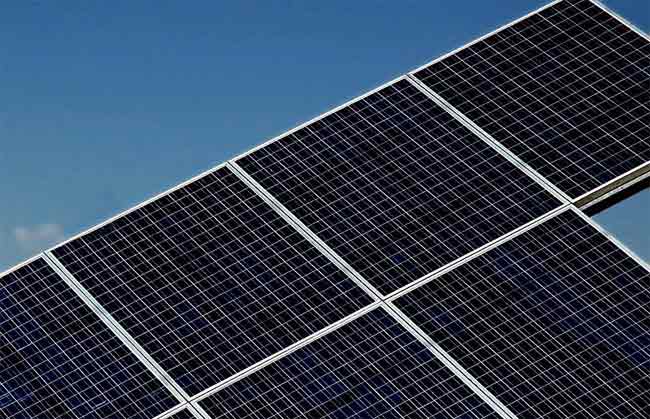The conversion efficiency of a solar panel is a measure of how effectively it converts sunlight into electricity. It is expressed as a percentage and is calculated by dividing the electrical power output of the solar panel by the solar power input (sunlight) that reaches the panel.
η=(Solar Power InputElectrical Power Output)×100
Here are the steps to calculate the conversion efficiency of solar panels:
- Determine Electrical Power Output:
- Measure or obtain the electrical power output of the solar panel. This is typically given in watts (W) and can be found in the specifications provided by the manufacturer.
- Determine Solar Power Input:
- Measure or obtain the solar power input, which is the amount of sunlight that reaches the solar panel. This is often referred to as the solar irradiance and is typically measured in watts per square meter (W/m²). You may need to use a solar irradiance sensor or obtain data from a local meteorological station.
- Convert Solar Power Input to Standard Conditions:
- Solar panels are rated under standard test conditions (STC), which include an irradiance of 1000 W/m² and a temperature of 25°C. If the solar irradiance measurement is not under these conditions, you may need to adjust it using factors such as the angle of incidence and atmospheric conditions.
- Calculate Conversion Efficiency:
- Plug the values into the formula:
- η=(Solar Power Input / STC Electrical Power Output)×100
Here’s a simplified example:
- Electrical Power Output: 200 watts
- Solar Power Input (adjusted to STC): 1000 W/m²
η=(1000W/m²200W)×100=20%
So, in this example, the solar panel has a conversion efficiency of 20%.
Keep in mind that the actual performance of solar panels can vary based on factors such as temperature, shading, and the angle of sunlight. Manufacturers often provide efficiency ratings based on standard conditions, but real-world efficiency may be slightly lower.


